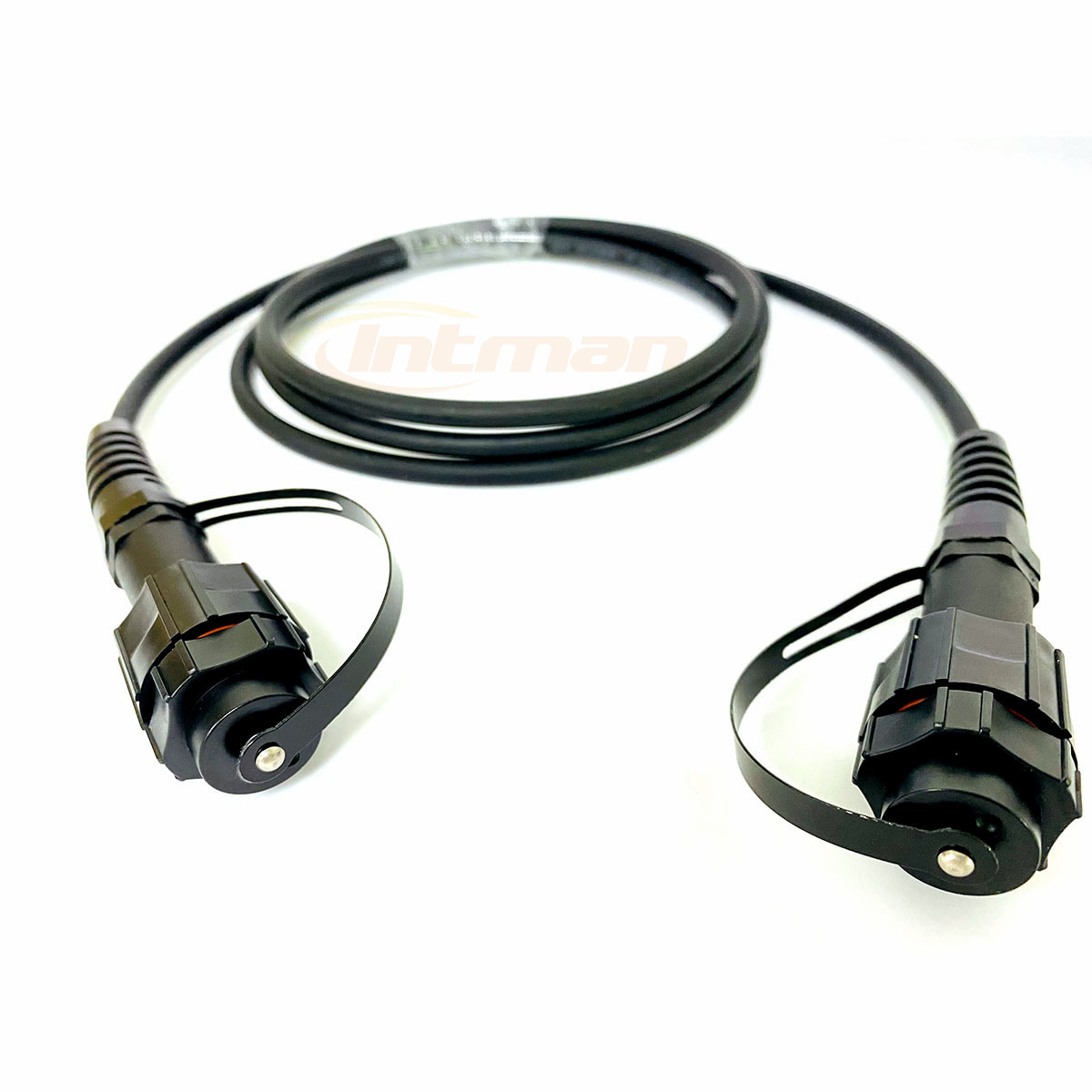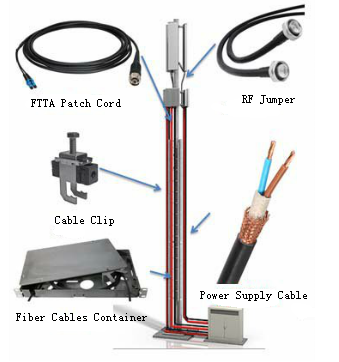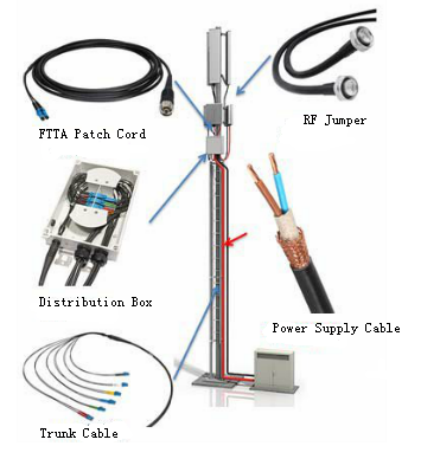by intman cable
Share
by intman cable
Share

FTTA(Fiber To The Antenna) is a type of wireless communication network architecture , uses fiber optic cables to connect the radio equipment at the top of a cell tower with the base station equipment at the bottom. FTTA solutions are typically used in mobile communication networks, such as 4G and 5G, to provide high-speed data transfer and low latency.
FTTA solutions consist of several components, including:
Fiber Optic Cable: This is the physical medium that carries the data signal between the radio equipment at the top of the cell tower and the base station equipment at the bottom. Fiber optic cables use to transmit data over long distances without signal degradation, which makes them ideal for FTTA solutions.
Remote Radio Unit (RRU): The RRU is the device that contains the radio equipment and is located at the top of the cell tower. The RRU converts the digital data signal into an analog radio signal that is transmitted wirelessly to the user’s device.
Base Band Unit (BBU): The BBU is the device that contains the base station equipment and is located at the bottom of the cell tower. The BBU manages the communication between the RRU and the user’s device, and it also manages the overall communication network.
FTTA solutions provide several advantages over traditional wireless communication network architectures. One of the most significant advantages is the ability to transmit data over longer distances with minimal signal degradation. This allows mobile network operators to deploy cell towers in more remote locations without sacrificing performance. FTTA solutions also provide faster data transfer rates and lower latency than traditional wireless communication network architectures, which is essential for delivering high-speed data and video services to mobile users.
Overall, FTTA solutions are becoming increasingly popular in mobile communication networks, particularly in 4G and 5G networks. They offer several advantages over traditional wireless communication network architectures and are an essential component of modern communication networks.
STAY IN THE LOOP


